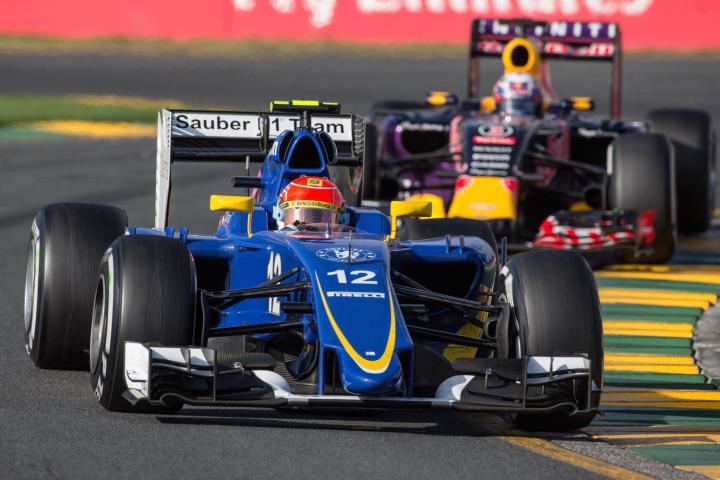
But those cars could be about to undergo a radical change. In the wake of IndyCar driver Justin Wilson’s death last week, and the death of F1 driver Jules Bianchi earlier this year, there is renewed interest in closed-cockpit designs for future race cars.
The FIA, one of the largest motorsport governing bodies and the organizer of F1, plans to test potential closed-cockpit designs next month, according to Motorsport. Wilson’s death, caused by head injuries received after a collision with another car at Pocono Raceway, appear to have stoked a debate that’s been going on for some time within the FIA.
An open-cockpit design leaves the driver’s head exposed, creating a danger of being struck by debris. However, closed cockpits also pose potential safety issues, it seems. The FIA has reportedly conducted multiple tests of closed cockpits over the years, but found certain issues.
Previous tests of a “jet-fighter style canopy” revealed two main problems. Either the canopy would shatter, or it would launch debris higher into the air, making for a potential risk to spectators. There was also concern that drivers might not be able to get out of their cars fast enough in an emergency, or that rescue workers would waste too much time removing canopies.
These concerns have led to the proposal of creating some kind of structure around the driver, without fully enclosing the cockpit. Mercedes-Benz proposed a “halo” structure that would surround the driver, and the FIA is reportedly looking into a similar concept that uses vertical elements to deflect debris, while still providing the ease of egress of a fully-open cockpit.
While safety improvements have significantly reduced the risk, racing is ultimately a very dangerous pursuit. Debates like the one over open and closed cockpits will likely continue to happen as long as drivers take to the track.


